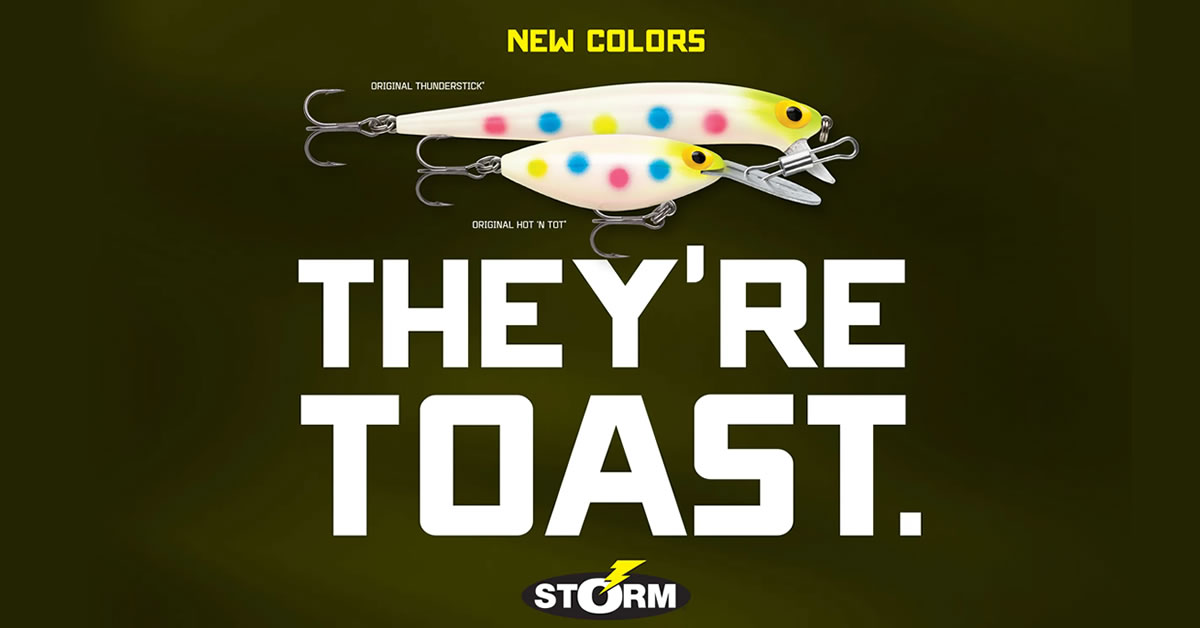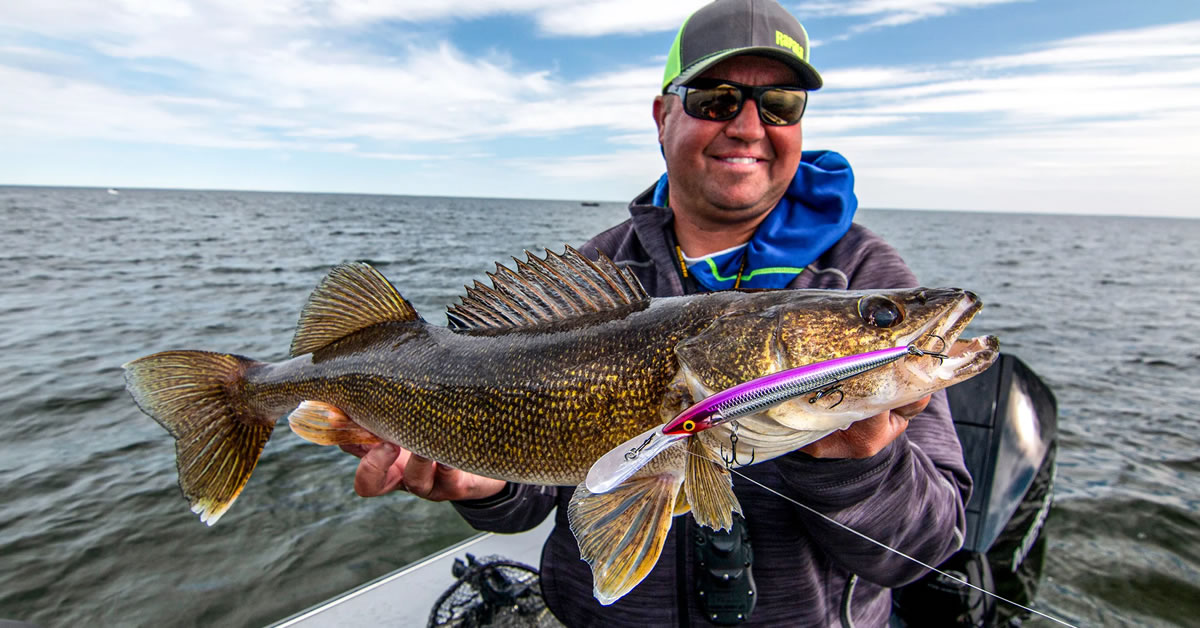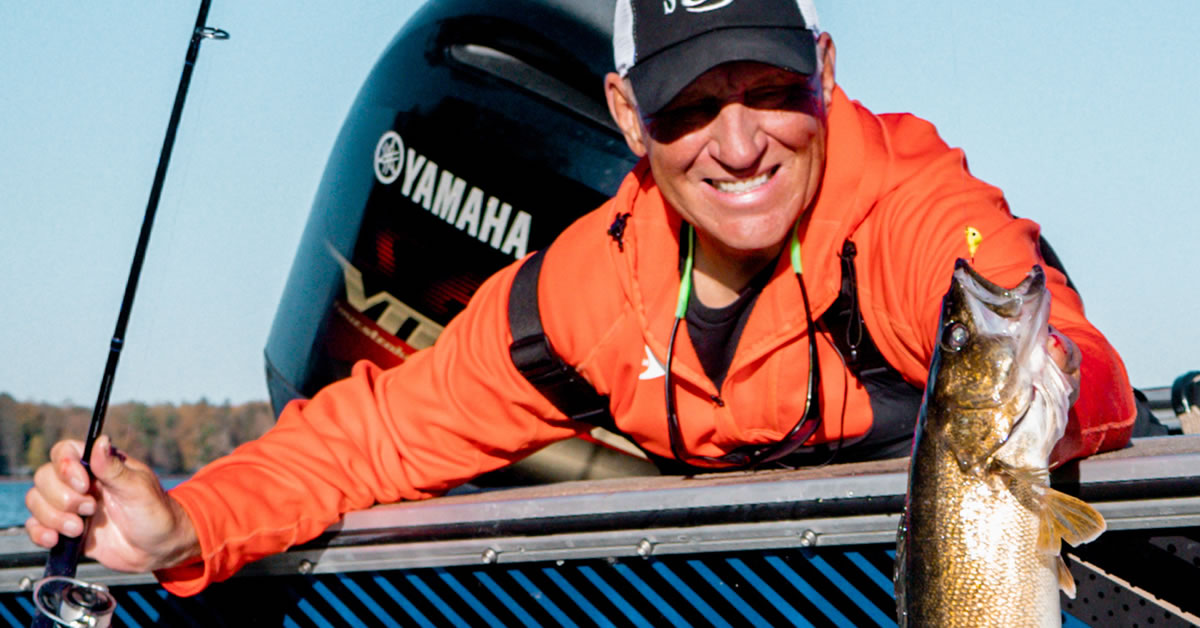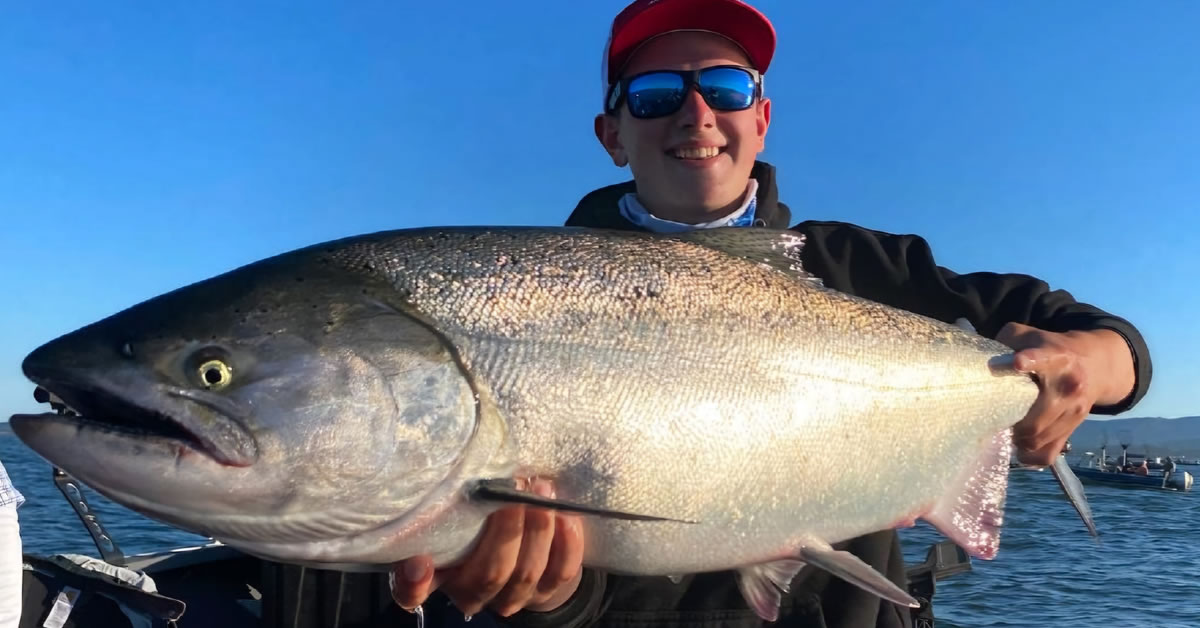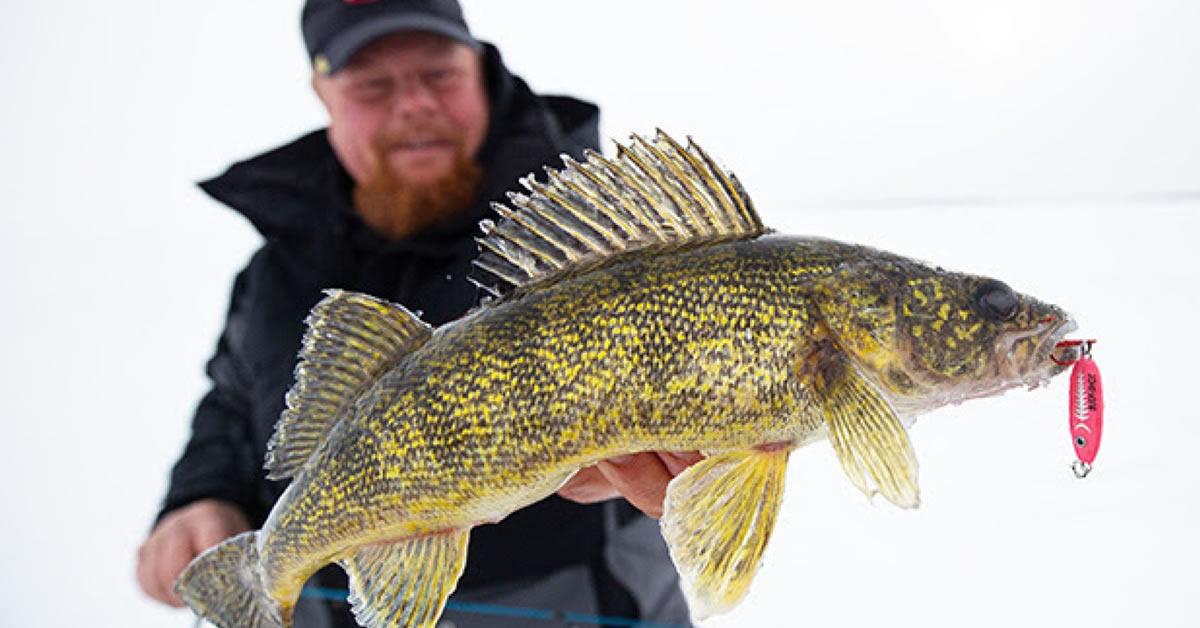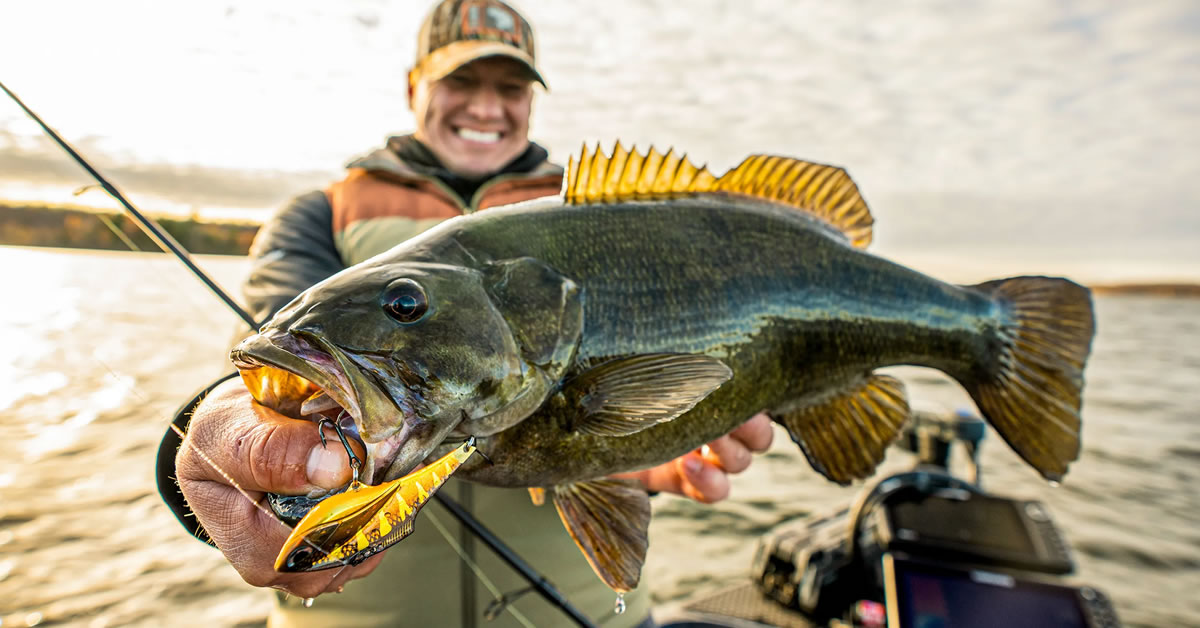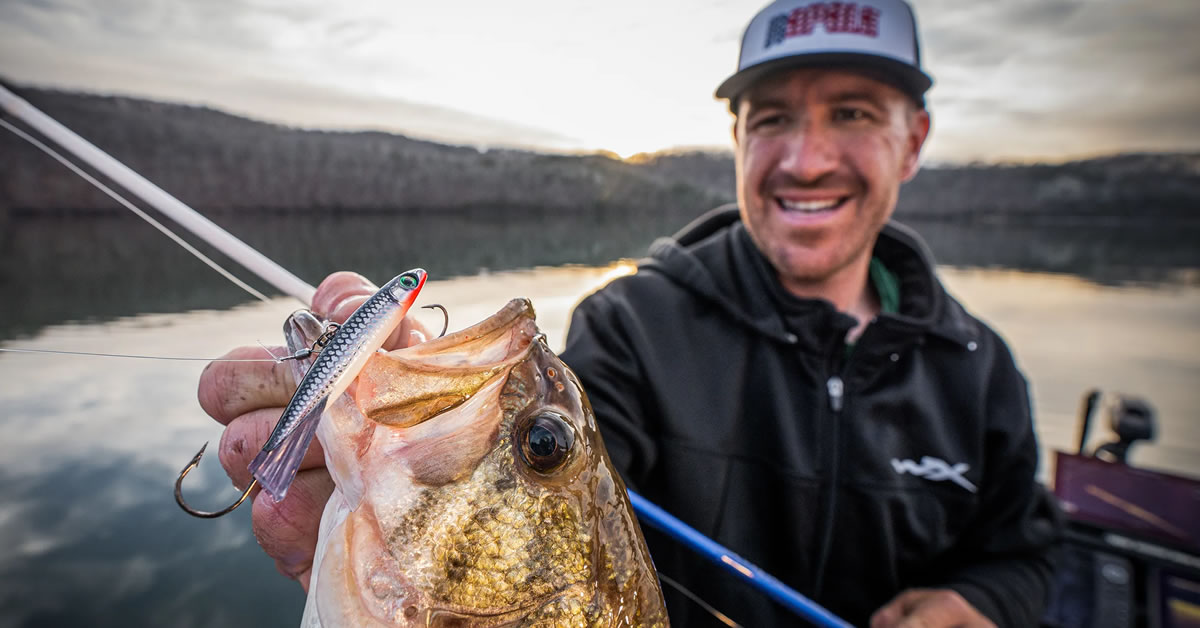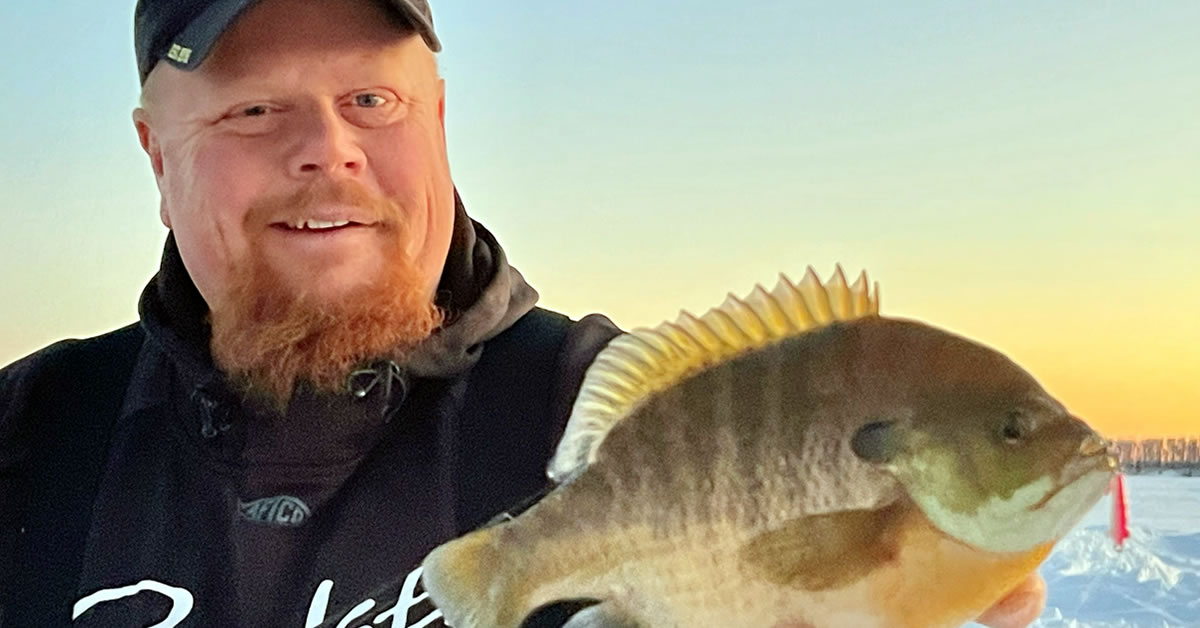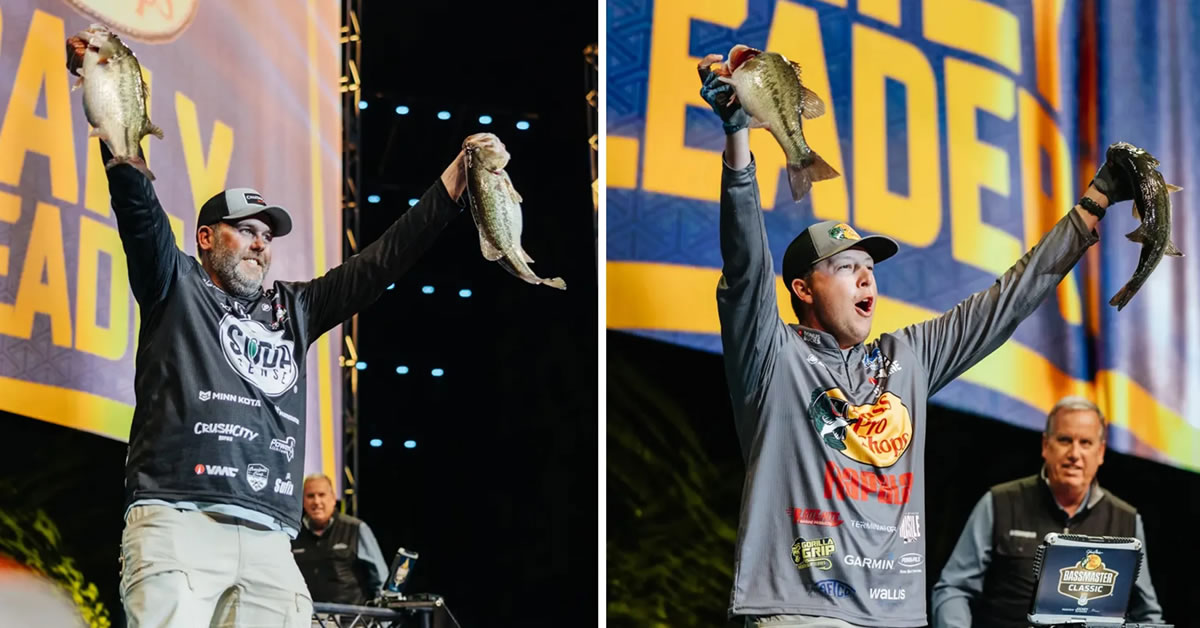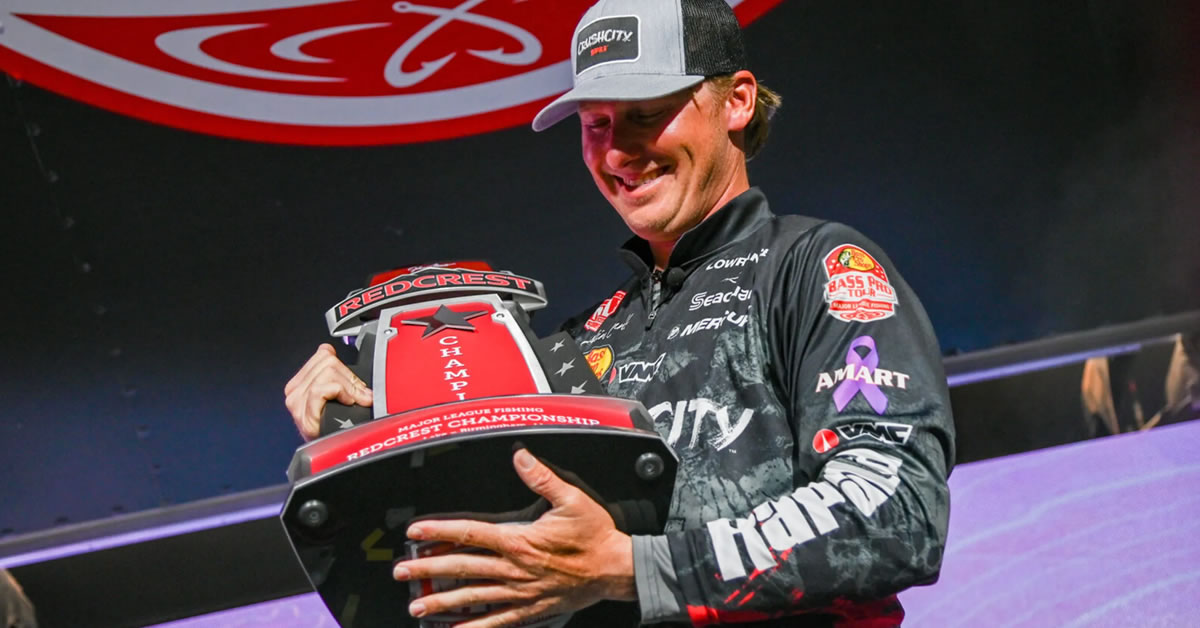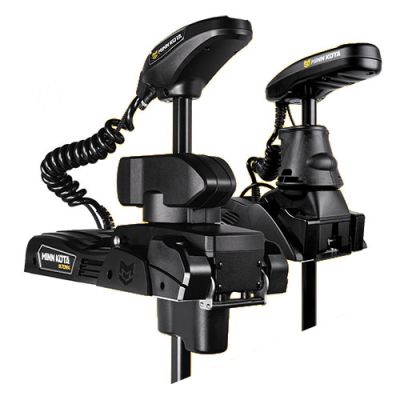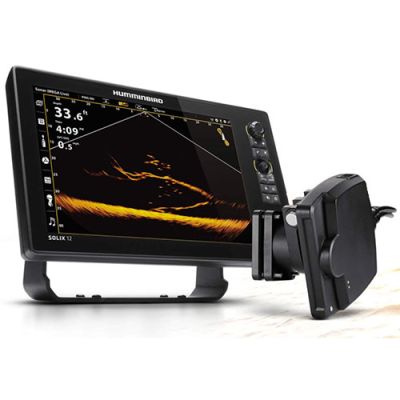Tackling Ice Time Lake Trout
by Jim HudsonThe depths of the Great Lakes and the many pristine clear water lakes of Minnesota and Canada harbor a fish that definitely rule the roost when we ice heads start talking about epic battles staged on frozen water, the Lake Trout. These denizens of the deep are known to push above the 40 pound mark and hit lures mimicking their favorite prey like no other of its finned cousins. They are the proverbial freight trains of the icy underworld where many of times they have only left their pursuer with the heartache of another broken rod or straightened hook. But even with this reputation of hard hitting attitudes and relentless strength to spool you to the bottom of the lake time and time again, most anglers are just now getting their first look into what we trout chasers call Lake Trout nirvana. Gearing for these battles has evolved slowly since our first icy encounter with the Lake Trout, but recently due to the growing popularity of the pursuit of Lakers, these evolutions have now come quickly. With that in mind, let's look at what it takes to tackle these fish, allowing us to walk away as victor.
.jpg)
Reels are another key component to the mission at task. Again, we are dealing with fish that pull hard and can live in deep water, so remember, right off the bat your typical ice reel might not fit the bill here, even though there has been much advancement made in the ice reel department. I typically still reach across the aisle to the summer section to find the best reel for the job. Still, even those reels can be made better. First, starting out, you need to choose a reel that meets two major criteria; line capacity and super smooth drag. Line capacity is easy; just find a reel that meets the type of water your fishing. If your 100 feet or less, go with a spinning set-up. If over that depth, go to a baitcaster. Now, for the drag, this is a different story. We all know a smooth drag and sub-zero temperatures is an oxymoron, so we need to combat and hiccups, even on the best reels on the market. And most hiccups come from reel grease. My suggestion to any Lake Trout hunter is to break down any reel, spinning or baitcasting, and clean and re-lube all parts. Grease is the devil, so I use just a dab of Quantum Hot Sauce Oil on all moving parts and keep the drag washers dry. The oil will give all the internal protection needed and no need to worry about lumps of grease sticking up the gears when a fish of a lifetime is hooked up. Personally, my favorites are the 6735X Pflueger Patriarch for a spinning and the Pflueger President wide spool for a baitcaster. Now, these are just my favorites, and any comparable reel will suffice - just remember that drag and line capacity should be looked at over anything else for your purchase.
Line choice, like anything else is of personal preference, but line type can play a big role in your success in the realm of the Lake Trout game. Monofilament, Copolymers, Fluorocarbon, and Superlines all can be used, but where you fish and how you fish should determine the type you choose. If mainly fishing outside, the three line types mentioned first would be my choice to combat line freeze-up, Fluorocarbon being the top choice. 12lb test would be the norm, but you could definitely beef up if you feel under gunned on big fish waters. If your style includes sitting in a cozy fish shelter, by all means use a superline. Personally, I like using a braid that does not collect a lot of water. So, Berkley Fireline or the new Sufix Gore 832 are the top choices, in 20lb test. A superline is a must for deep water Lake Trout fishing like we do here in the Apostle Islands of Lake Superior. You can never get an optimal hook set with anything else, especially seeing we commonly fish depths 150FOW or deeper. But, just like other equipment that has evolved, so have our lines. As I mentioned, now days these lines do not hold much water, and have now proven to be very useful on spinning or baitcast set-ups while outside hole-hopping. And truthfully, I do believe braid allows you to feel "up bites" a lot easier than any other line. Up bites are common while Trout fishing and occur when a Trout rushes your lure and takes it over so quickly that they create slack in your line. With the sensitivity of a braid, you are able to feel this quicker and are then able to reel up the slack and set the hook home faster. Again, like I mentioned, this is very common when chasing Trout and to miss a fish or two because of it could mean the difference between a no fish day and a successful day. But, there is a time when I do call for a mono or fluoro for the job - slow sink rates. When I want to slow a lure down, because the fish are chasing, but not committing totally, I switch to a rod paired with either. Being bigger in diameter than a braid, the mono or fluoro will actually slow the fall rate of a lure. This can be a huge trigger and a good reason to have a couple of combos with you.
.jpg) And this brings us to the last piece of the Lake Trout puzzle, the lure. Truthfully, Lake Trout are very opportunistic and will eat about anything and everything they can find. I would describe them as gluttons. With that in mind, most lures that can reach their haunts can and will be eaten. But overall all kinds of jigs, spoons, and blade baits can be seen as the mainstay. Tube Jigs, Bucktail Jigs, Swedish Pimples, Kastmasters, Northland Buckshots, Acme's Little Cleo, Hopkin Spoons, Chubby Darters, Fuzzy Duzzits, and a huge assortment of custom tackle. Take your pick, each can and will get bit. Size and weight of the lure should be matched the depth your fishing, where size can also be seen as a trigger for the big trout. At times, big baits equal big fish and at other times, the smaller you go the better. So, carry your typical sized lures from 3/8 ounce to 1 ounce and downsizing tackle in that ¼ to 1/8 ounce. But, the most important thing we need to talk about when talking lures, and keeping in mind of the tenacity of the Lake Trout, any lure you dangle in front must be equipped with strong enough components to make sure we land them. This is the one area that you do not want to skimp on. Again, that hard pulling and those big runs Trout are known for can be tackle busters. Hooks and split rings must be on the up and up or you'll be made a fool. At times this means changing out iffy components to more respectable aftermarket replacements. Spro is a great company to look for replacement split rings and Mustad is the place for hooks. And even though Mustad hooks with Ultra-Point technology are the sharpest and strongest, it is good practice to carry a file along. Trout hit hard and fast, but they can also spit lures quickly, so razor sharp is a must to drive the hook home!
And this brings us to the last piece of the Lake Trout puzzle, the lure. Truthfully, Lake Trout are very opportunistic and will eat about anything and everything they can find. I would describe them as gluttons. With that in mind, most lures that can reach their haunts can and will be eaten. But overall all kinds of jigs, spoons, and blade baits can be seen as the mainstay. Tube Jigs, Bucktail Jigs, Swedish Pimples, Kastmasters, Northland Buckshots, Acme's Little Cleo, Hopkin Spoons, Chubby Darters, Fuzzy Duzzits, and a huge assortment of custom tackle. Take your pick, each can and will get bit. Size and weight of the lure should be matched the depth your fishing, where size can also be seen as a trigger for the big trout. At times, big baits equal big fish and at other times, the smaller you go the better. So, carry your typical sized lures from 3/8 ounce to 1 ounce and downsizing tackle in that ¼ to 1/8 ounce. But, the most important thing we need to talk about when talking lures, and keeping in mind of the tenacity of the Lake Trout, any lure you dangle in front must be equipped with strong enough components to make sure we land them. This is the one area that you do not want to skimp on. Again, that hard pulling and those big runs Trout are known for can be tackle busters. Hooks and split rings must be on the up and up or you'll be made a fool. At times this means changing out iffy components to more respectable aftermarket replacements. Spro is a great company to look for replacement split rings and Mustad is the place for hooks. And even though Mustad hooks with Ultra-Point technology are the sharpest and strongest, it is good practice to carry a file along. Trout hit hard and fast, but they can also spit lures quickly, so razor sharp is a must to drive the hook home!
In my own eyes, there is no other fish that is a fun to pursue through the ice than a Lake Trout. So, hopefully, the information given will prepare everyone a bit more for their fighting attitude, allowing you all to get out this winter and see firsthand what it's all about, helping you fight back with the right amount of muscle needed for the brawn Lake Trout are known for.



